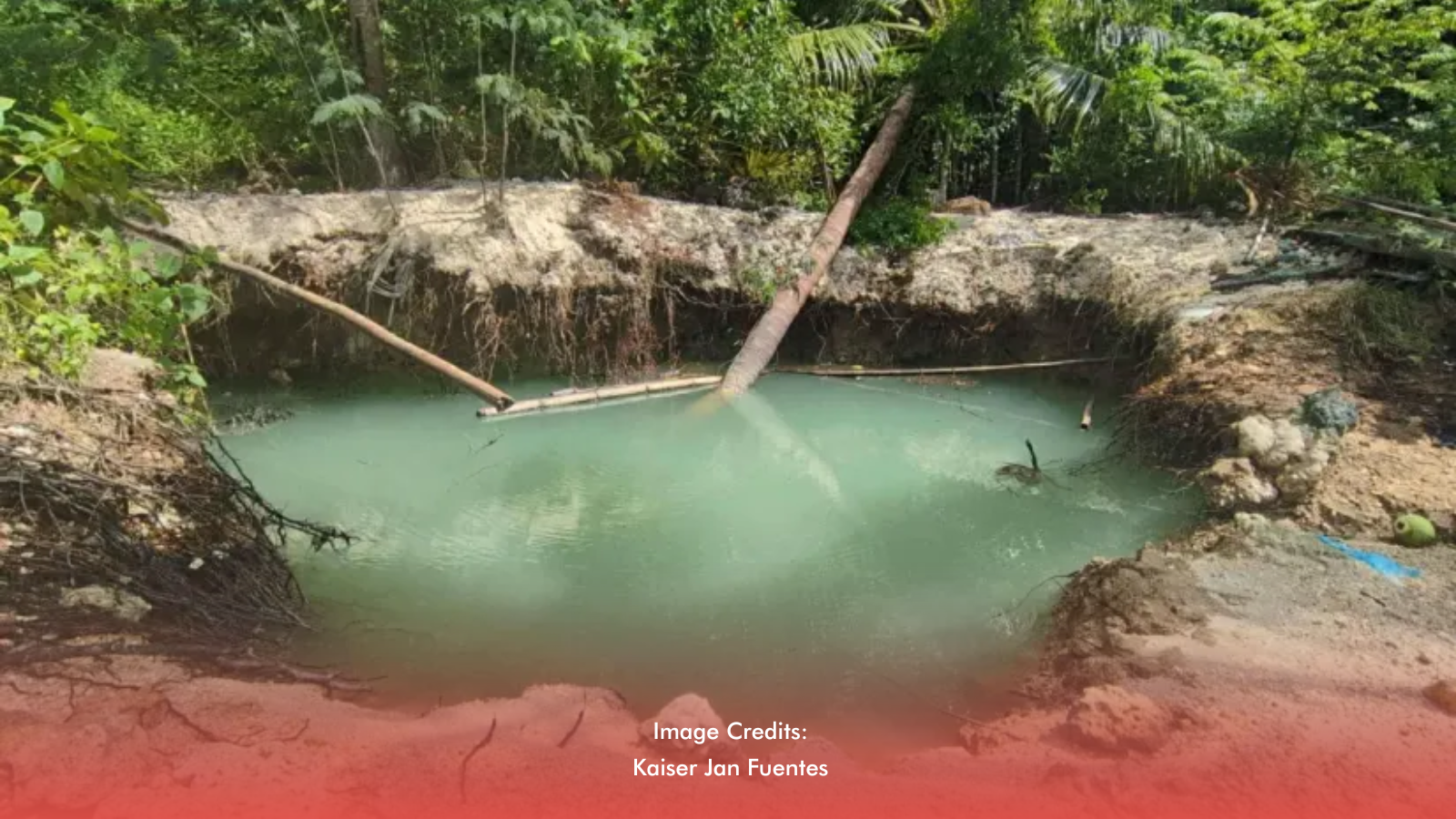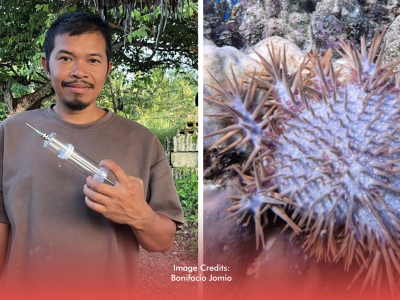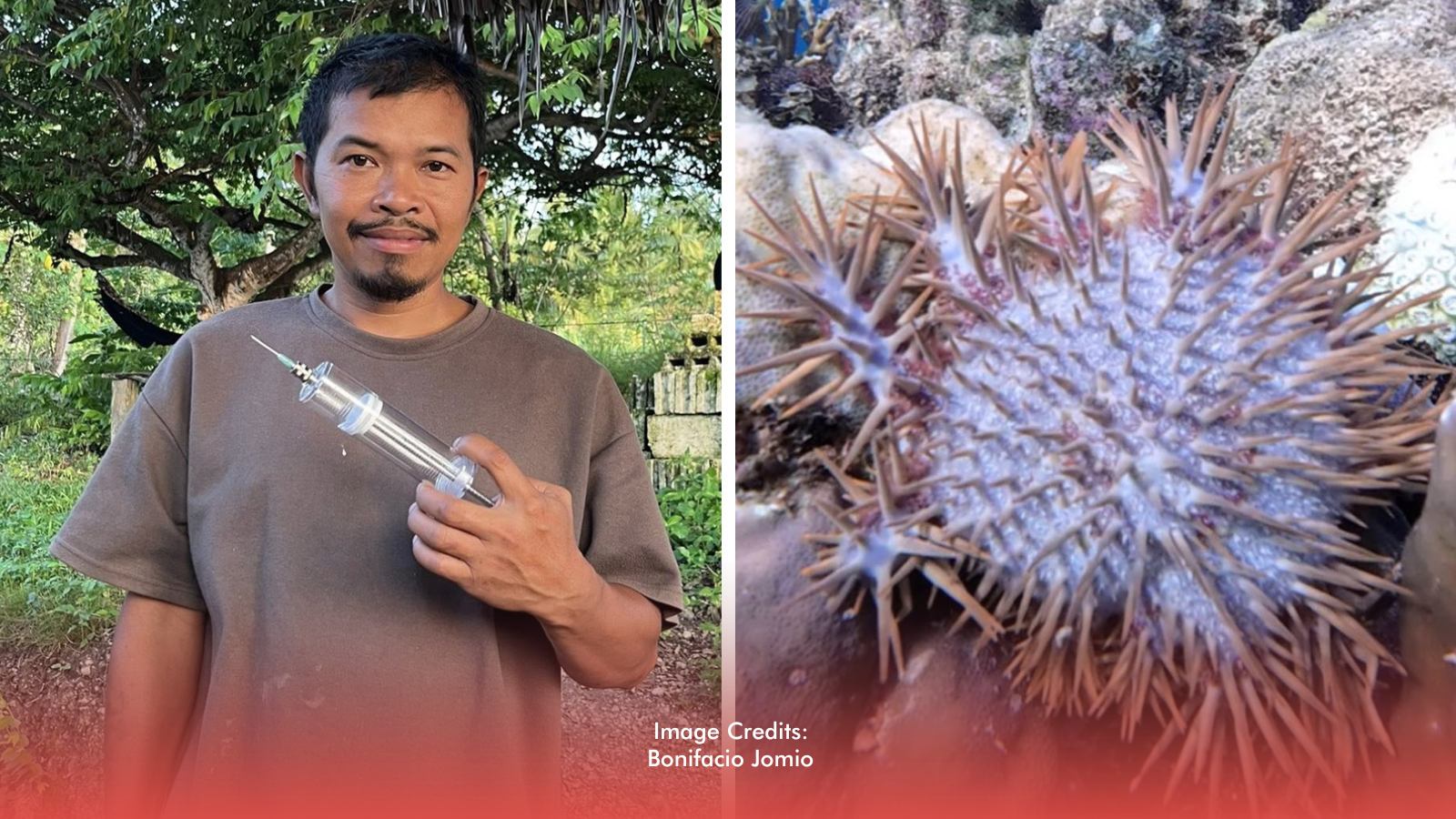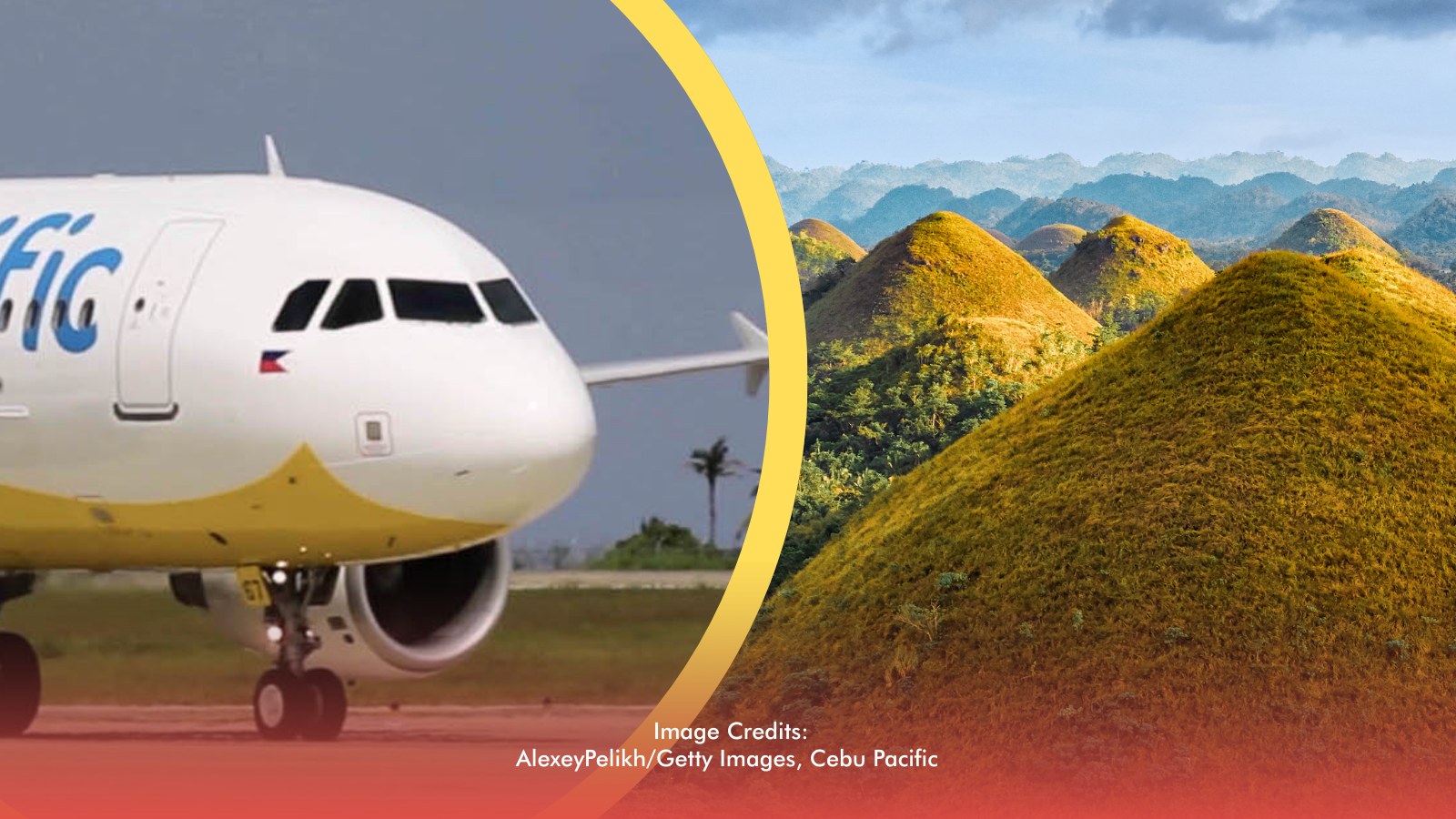Following the powerful 6.9-magnitude earthquake that struck on September 30, authorities are urging residents in northern Cebu to stay away from newly formed sinkholes. The public is advised not to swim in or drink water from these natural depressions, as they pose both physical dangers and potential health risks. The warning comes amid growing concern over the safety of communities affected by the earthquake and its continuing aftershocks.
Dozens of Sinkholes Already Identified
As of Tuesday, October 14, the Mines and Geosciences Bureau in Central Visayas (MGB-7) has confirmed the presence of 64 sinkholes across northern Cebu. Most of these are in San Remigio town, while 16 were reported in Bogo City and eight in Daanbantayan. MGB-7 Regional Director Josephine Aleta said the number could still rise as aftershocks continue to shake the area.
“We cannot predict when sinkholes will form, but considering that the ground continues to move, there is a possibility that more sinkholes will appear,” Aleta said in a mix of Cebuano and English during the Kapihan sa PIA forum on Tuesday.
The bureau continues to monitor the ground movement and assess the extent of the geological disturbance caused by the quake.
Assessments and Safety Measures Underway
MGB-7 teams are now conducting ongoing geological and hazard assessments in quake-hit zones. Based on initial findings, the bureau has recommended that local government units consider relocating residents living near identified sinkholes to prevent possible accidents or ground collapse. Authorities are also mapping high-risk areas to guide disaster response planning.
The MGB is expected to release its official and comprehensive report in the coming weeks, outlining further safety measures and long-term mitigation efforts. In the meantime, residents are reminded to remain alert, heed advisories from local officials, and avoid venturing near sinkholes as the ground continues to stabilize.








